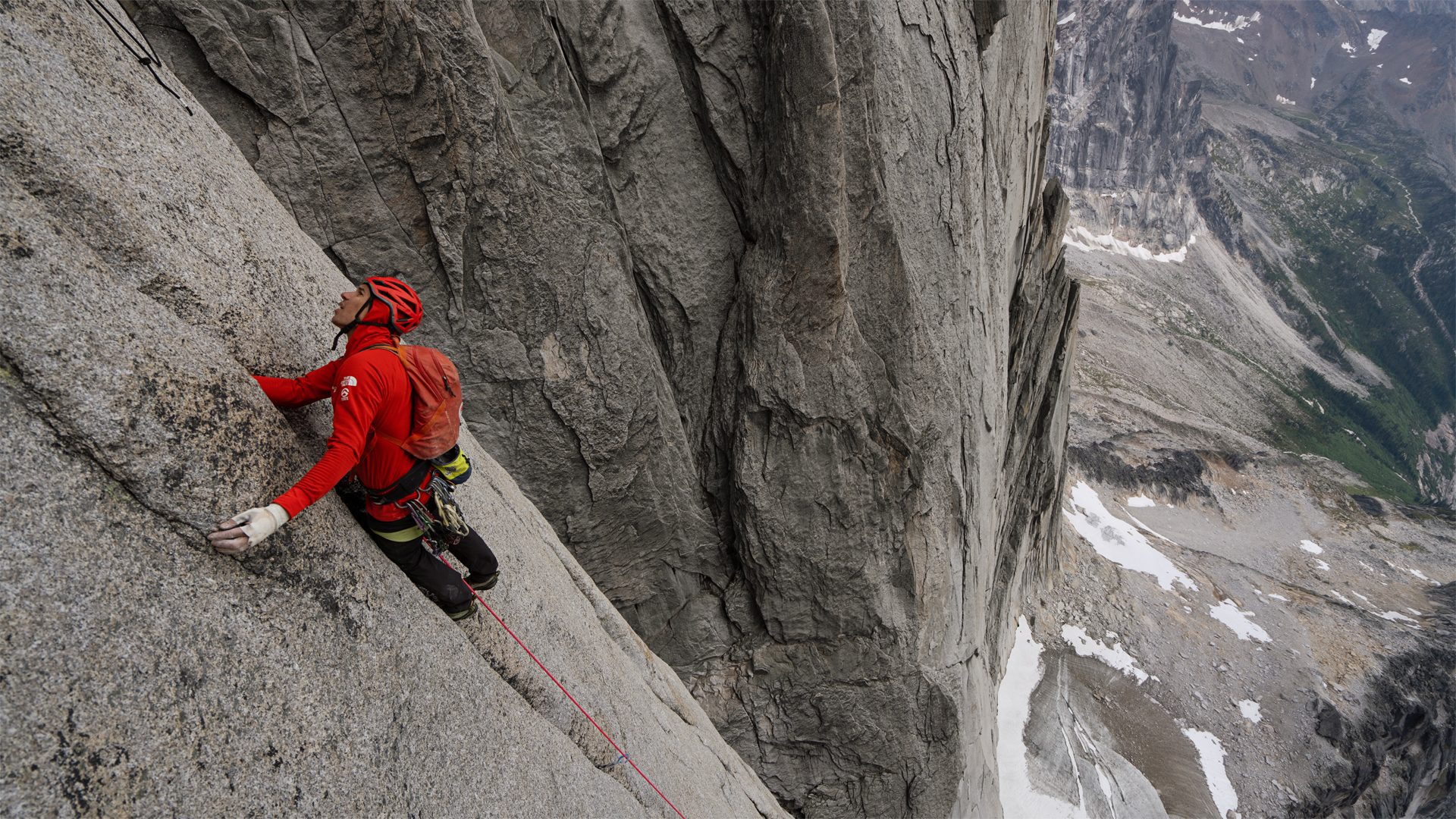11 tips for your first hiking vacation
A hiking holiday is one of the best ways to maximize your annual leave
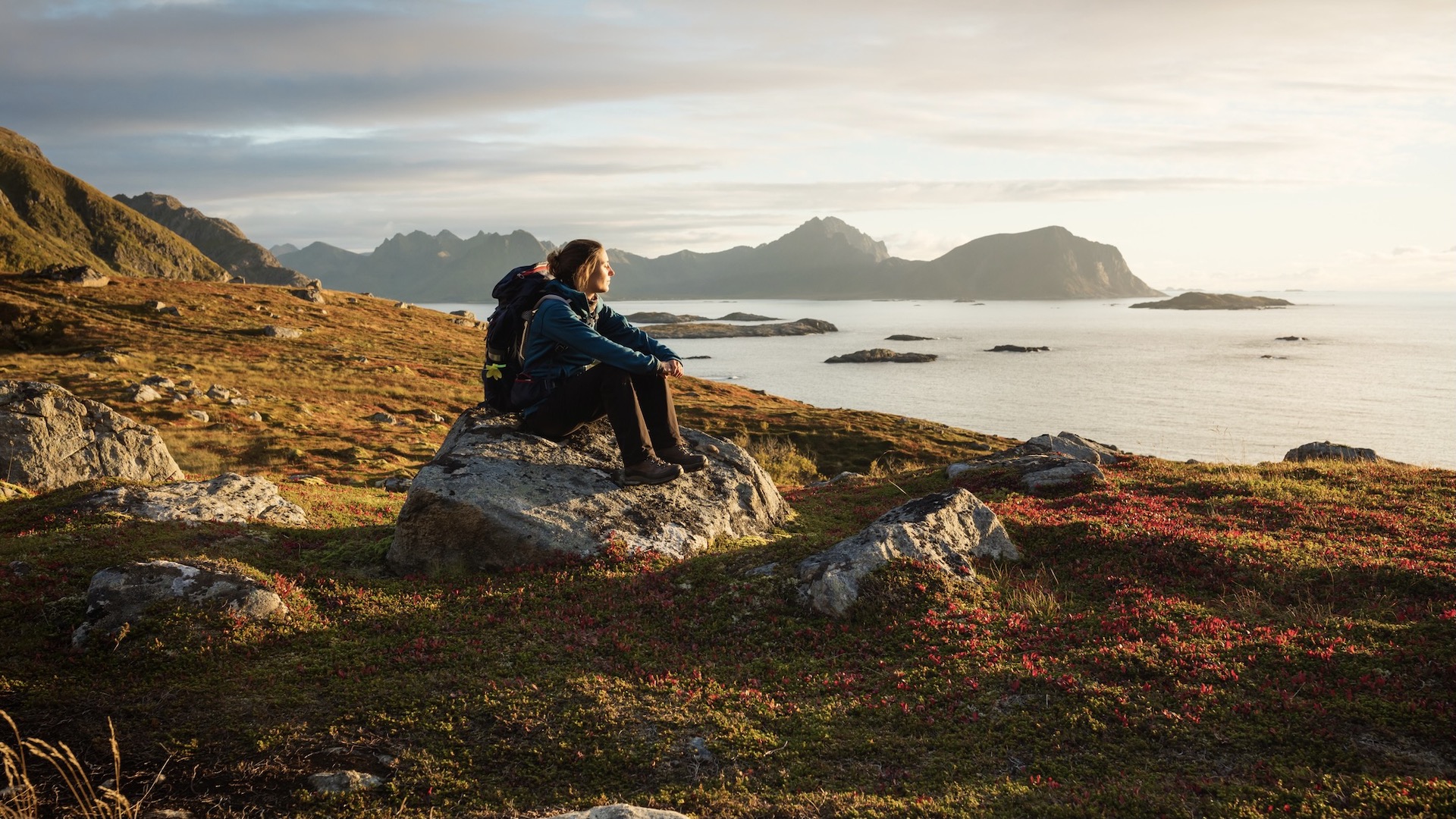
Anyone who knows me knows that hiking and travel are my two favorite things to do, and when I can combine them, all the better. Over the years, I’ve trekked across Lapland, discovered some of the best US National Parks for hiking, led yoga and hiking retreats in Yosemite National Park and explored the Alps and the Mediterranean in my hiking boots.
A hiking vacation is simply one of the best ways to maximize your annual leave, discover new places off the beaten path and stay active. If you're not properly prepared though, you might spend your entire trip with aching legs or searching for trails.
With more and more people getting interested in the outdoors, I thought I’d put my experience to good use and offer some of my best tips for a successful hiking holiday, from packing and training to recovering afterward.
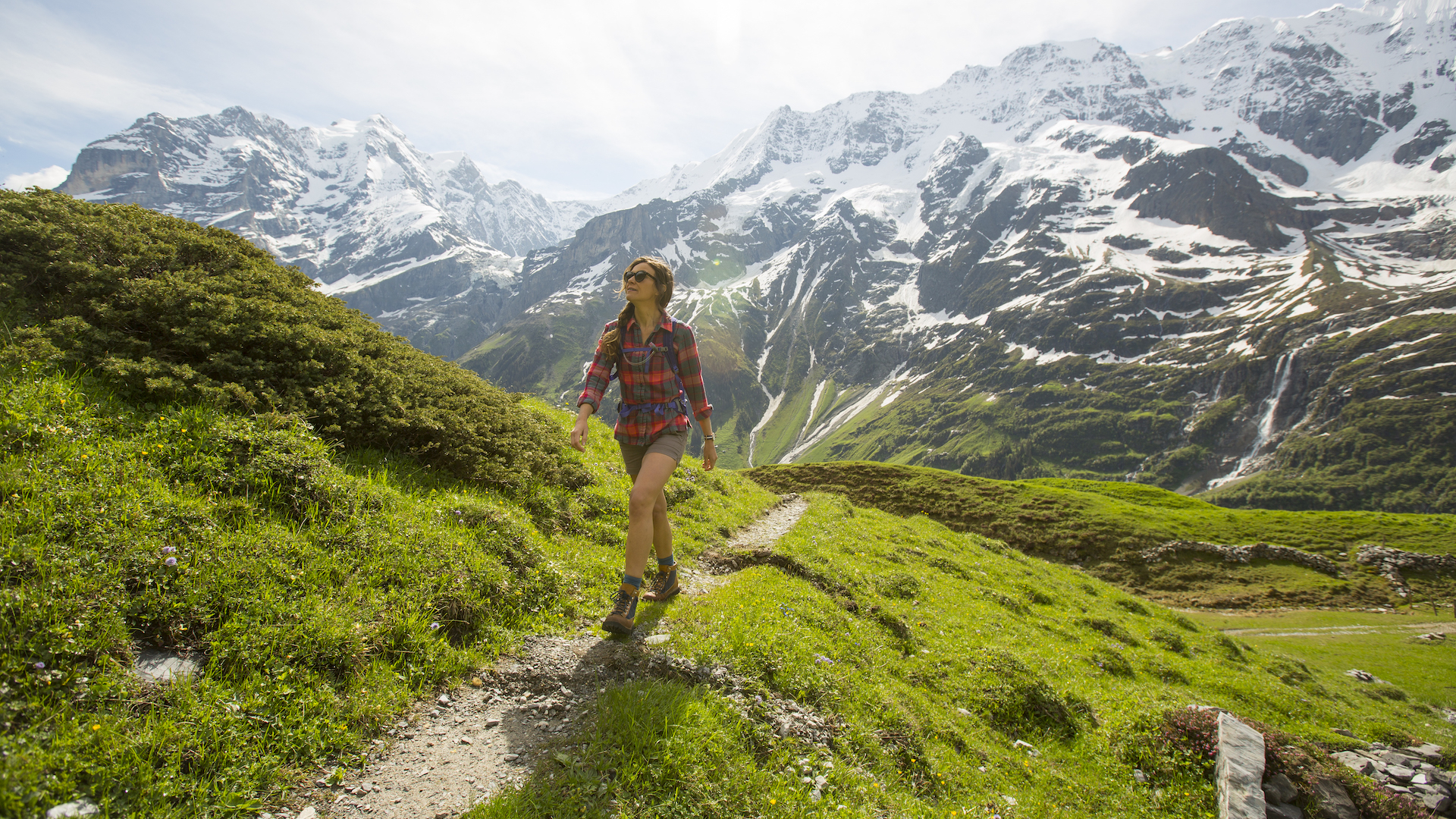
1. Put your best footwear forward
If you’re checking a bag or driving to your destination, you might be happy enough to pack your trusty old hiking boots and you’ll be ready for any terrain. If you’re heading off to the Alaska backcountry, this is probably a good choice, but be aware that different places call for different types of hiking footwear, and when you’re traveling, it can be good to bring shoes that are lighter, more comfortable and can be worn across different activities.
Bearing in mind that any shoes you wear on the hiking trail should always have good traction (think: Vibram soles), for well-maintained paths such as those you might find in Yosemite, a good pair of sneaker-style hiking shoes will provide ample protection and grip and be comfortable enough to wear on the plane and for other activities. I’ve taken several hiking trips to the Lake District lately where I’ve worn my Columbia Konos TRS Outdry hiking shoes for the entire trip including hiking, travel and down time and been really happy (if you’re wearing waterproof shoes, check to make sure they’re breathable enough first).
If you’re venturing somewhere warm and planning on enjoying coastal walks, lightweight trail running shoes such as the Merrell Long Sky 2 Matryx are an excellent option, especially if you want to pick up the pace.
And don’t forget about hiking sandals as a possibility for the trails. I recently went hiking in Gran Canaria where the weather was warm and was very content with my Keen Women's Elle Backstrap Sandals which handled rough trails well, doubled as beach shoes and were fun enough to wear with a dress to dinner at night too.
Advnture Newsletter
All the latest inspiration, tips and guides to help you plan your next Advnture!
Finally, whatever footwear you choose, make sure you break it in before you go as blisters on vacation are no fun at all.

2. Get fit to hike, don’t hike to get fit
For many of us, one draw of going on a hiking vacation is coming back in good shape, rather than weighed down by the excesses of restaurant meals and good wine, but don’t make the mistake of thinking you can just wait till you arrive to start training. Doing so might mean you shred your legs on day one and spend the rest of your trip unable to hike, something I saw first hand once or twice during my hiking retreats.
Spend the weeks and even months before you head off building up your aerobic fitness and leg strength. If available, try to hit the hiking trails near your home once a week or get creative by increasing your walking distance over flat terrain and taking the stairs regularly while carrying a backpack to get your legs used to climbing. This will improve your overall fitness and increase your confidence and ability when you arrive at your destination.

3. Pack light, breathable, versatile layers
Your wardrobe will vary depending on where you’re going – some locations require hiking pants and rain pants while hiking shorts will do in warmer locations – but I do have some rules of thumb for hiking vacations.
I always bring light pieces that are easy to roll up in my bag but can be layered for warmth and they have to be made using breathable, sweat-wicking fabric. I personally prefer natural fabrics for travel, such as merino wool, because this doesn’t get as smelly as synthetic materials.
For a sweaty hike, I might only be able to wear a nylon or polyester hiking top once, but my Icebreaker Cool-Lite Amplify shirt can be aired out overnight and is pretty fresh again the next day.
I also like to bring clothes that can be worn for different activities, for example my SmartWool Active Ultralite High Neck Tank works for hiking and running, but it’s also flattering enough to pair with joggers for going to a restaurant.
Similarly, I’ll always bring a long-sleeved black base layer such as my EDZ Merino which can be paired with pretty much anything and provide a thin but warm layer for cold nights and airports.

4. Consider the climate
Even if you’re a seasoned hiker, if you’re traveling to hit the trail then you’ll want to do a bit of research into the climate and typical weather during the time that you’ll be visiting. This will of course influence your packing list – do you really need a waterproof jacket or will a windbreaker do? – and ensure have the right gear in terms of insulating layers and sun protection.
It may also affect your training – if you’re unused to hot weather and planning on some more vigorous hiking, you may want to try heat training in advance to help your body prepare for the conditions. You might also choose easier trails than you would in cooler temperatures and bear in mind that a humid climate will feel much hotter than an arid climate at the same temperature, but you’ll need to drink more water in arid conditions.
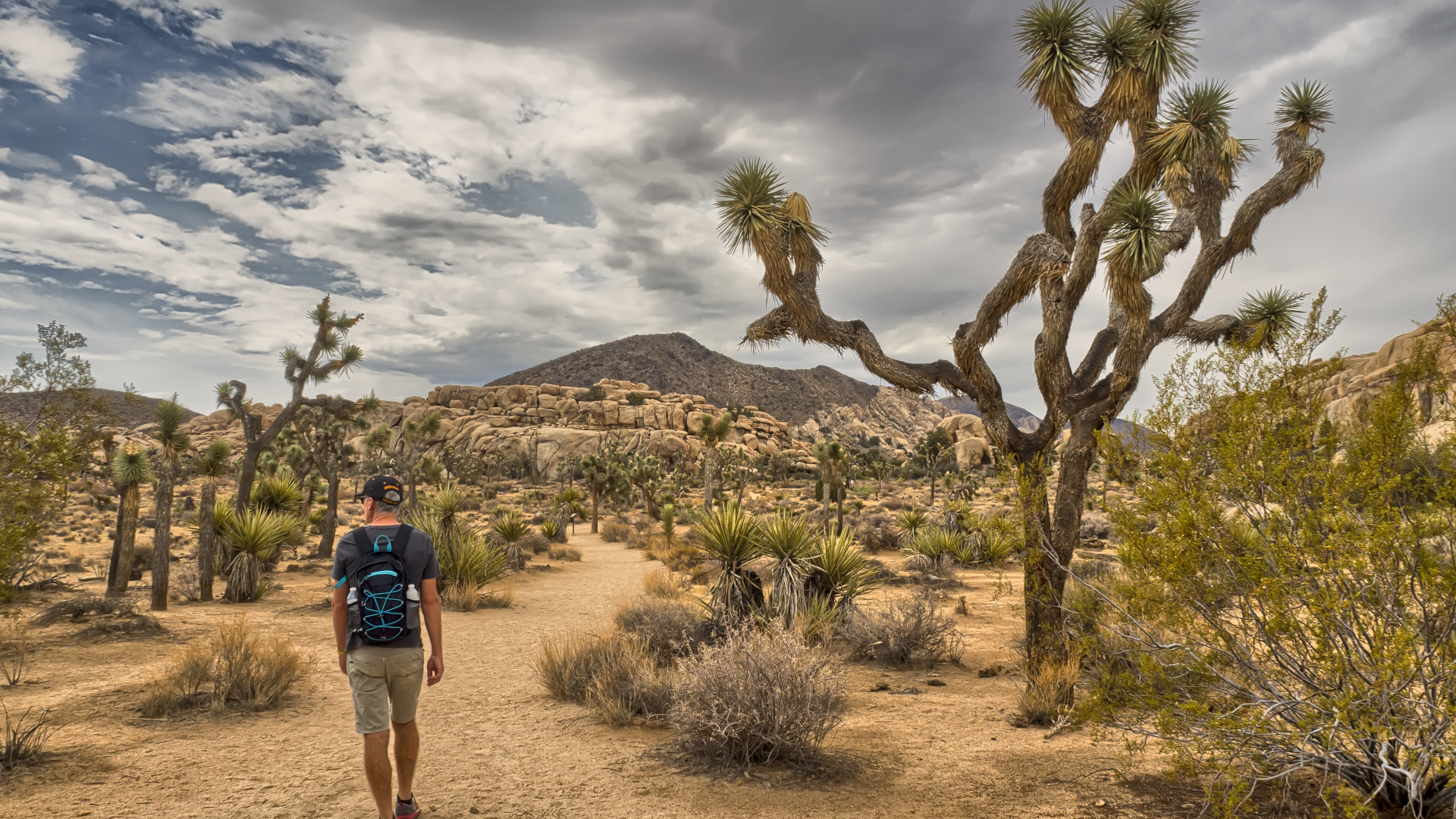
5. Research your routes and maps in advance
There are basically two types of travelers: those who buy the Lonely Planet guide and plan the entire itinerary in advance, and those who show up and then think about what’s happening next. To make the most of your hiking vacation, it’s probably a good idea to do at least a little research ahead of time.
This can help you plan for getting to and from the hikes you want to do and even download maps ahead of time in case the internet ends up being spotty at your destination (it can be extremely unreliable in National Parks). I use AllTrails for this when I can, but a good old-fashioned paper map is a good idea too. Popular hikes like Angels Landing can require a permit, and advance research helps you avoid disappointment.
Another tip is that if you’re planning to hike every day, alternate more demanding hikes with easier ones to keep your energy levels up.
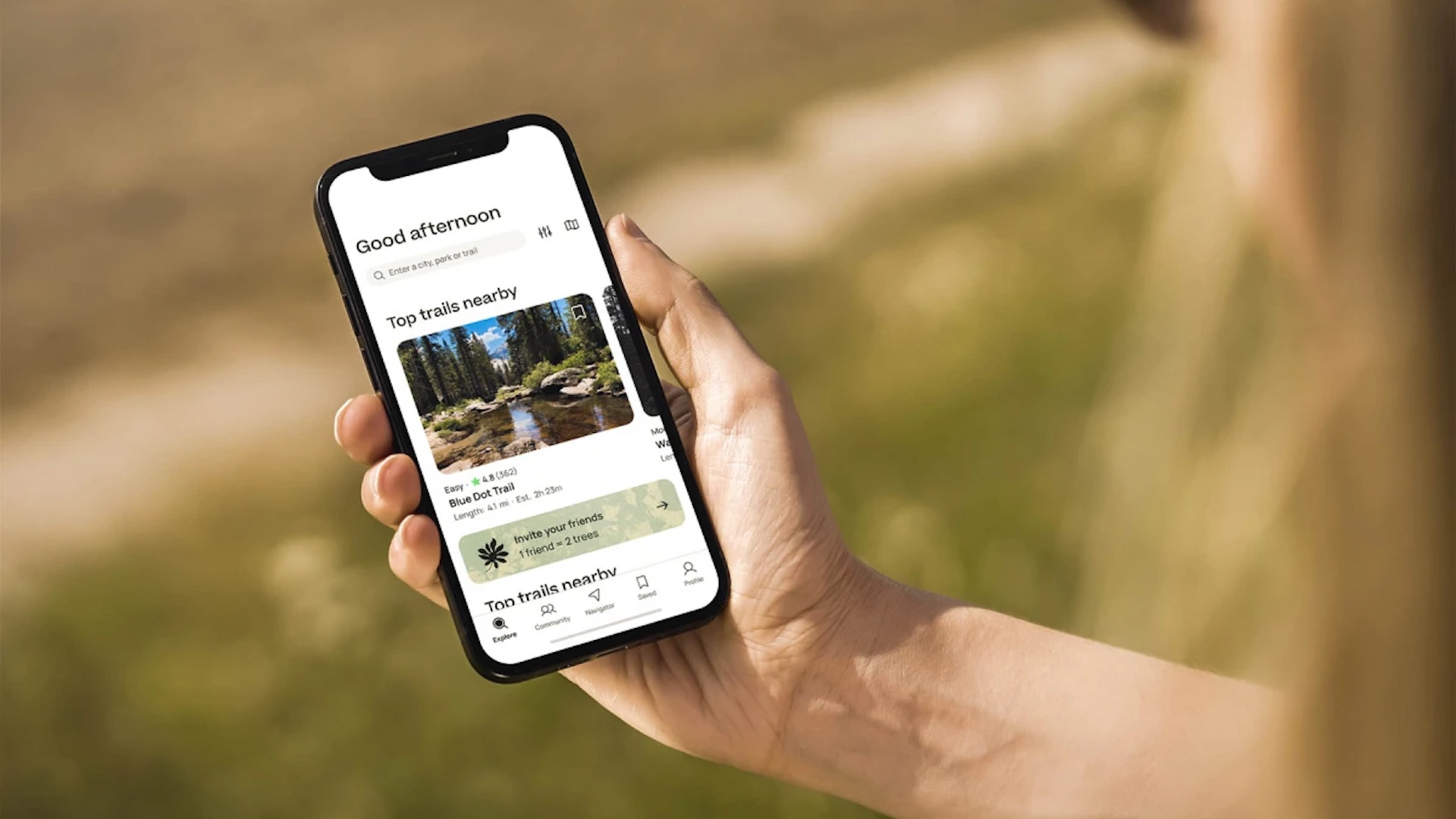
6. Research local laws and wildlife
When setting off in a new land, it’s important to know about local laws and regulations that might affect you as a hiker, and what kind of wildlife you might encounter. Observing the principles of Leave No Trace on any day hike should keep you on the right side of the law in most places, and that includes observing trail closures and staying off private property.
If you’re planning to camp, you’ll want to be sure that wild camping is allowed where you’re going, or book designated campsites in advance (check out our guide to the best countries for wild camping).
As for wildlife, pay special attention to any big mammals you might encounter (that can mean bears, moose or mountain lions but also cows in the UK) and what you should do if you encounter them. Read our article on wildlife safety and also learn about small critters so you can be prepared for mosquitos, bees, ticks and bed bugs.
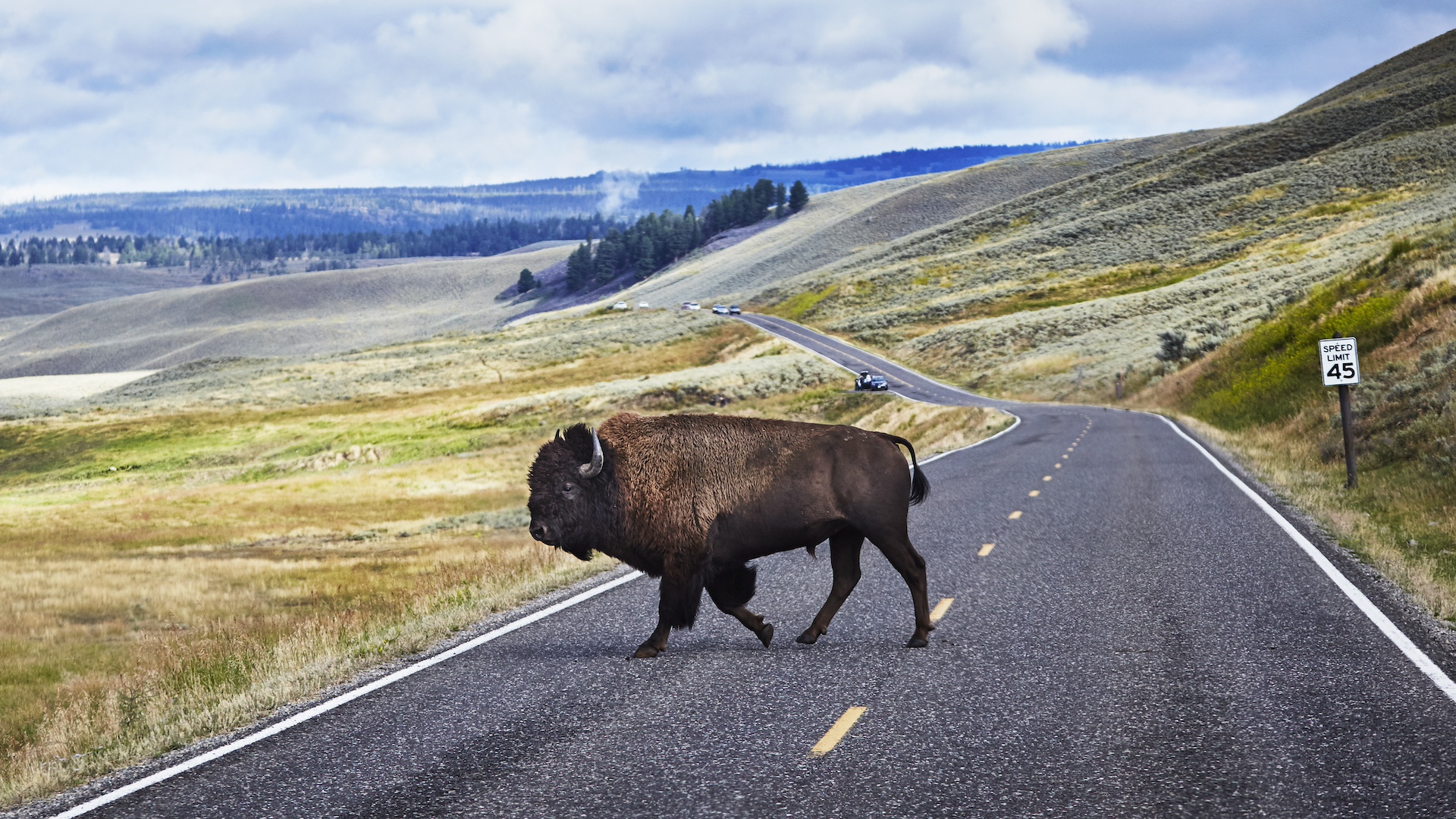
7. Consider a guided experience
Going hiking with a local guide can be an excellent way to discover a new area. Not only will you have someone else handling route research and logistics for you, but it will be safer and you’ll be contributing positively to the local economy. Best of all though, you’ll learn much more about the local area than you will on your own.
I hiked with a guide in Gran Canaria and over three days learned so much about the history, geology and culture of the island, plus details on local flora and fauna and even on the winemaking tradition in the region. Best of all, my guide knew all the secret swimming spots to cool off in after a hot hike and which restaurants to go to for lunch.
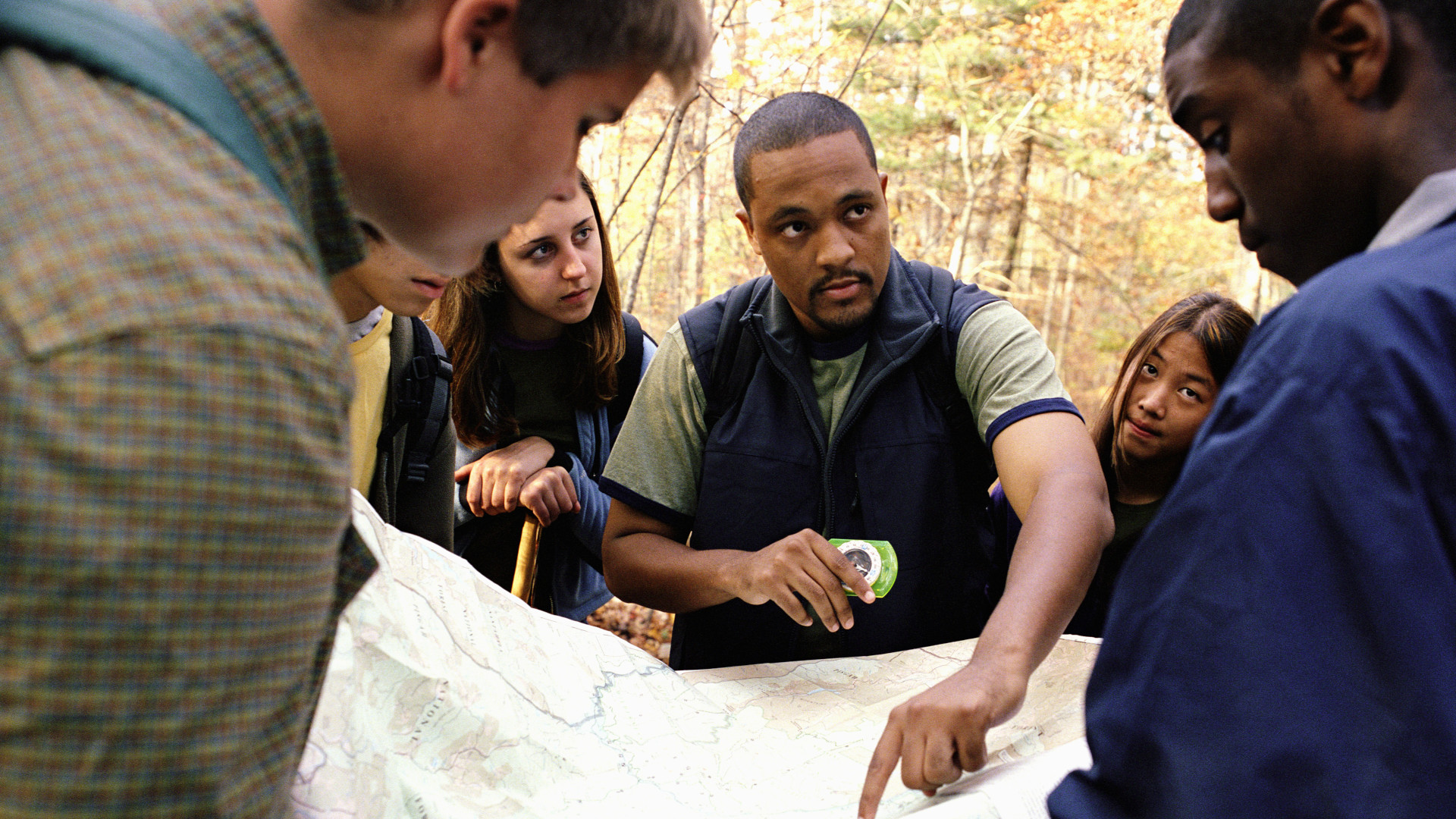
8. Pack a portable charger
If you’re like me, you never travel without a portable charger, but if you’re used to just bringing along your charging cable and assuming the hotel will have USB ports, it’s a good idea to bring a charger for the trail in case you get lost or need help and your phone runs out of battery.
I always carry this one by Belkin which is slim and reasonably lightweight and can go into my daypack when I’m on the trail. It also means I can keep my phone charged on the journey and if I encounter a hostel where the USB ports don’t work.
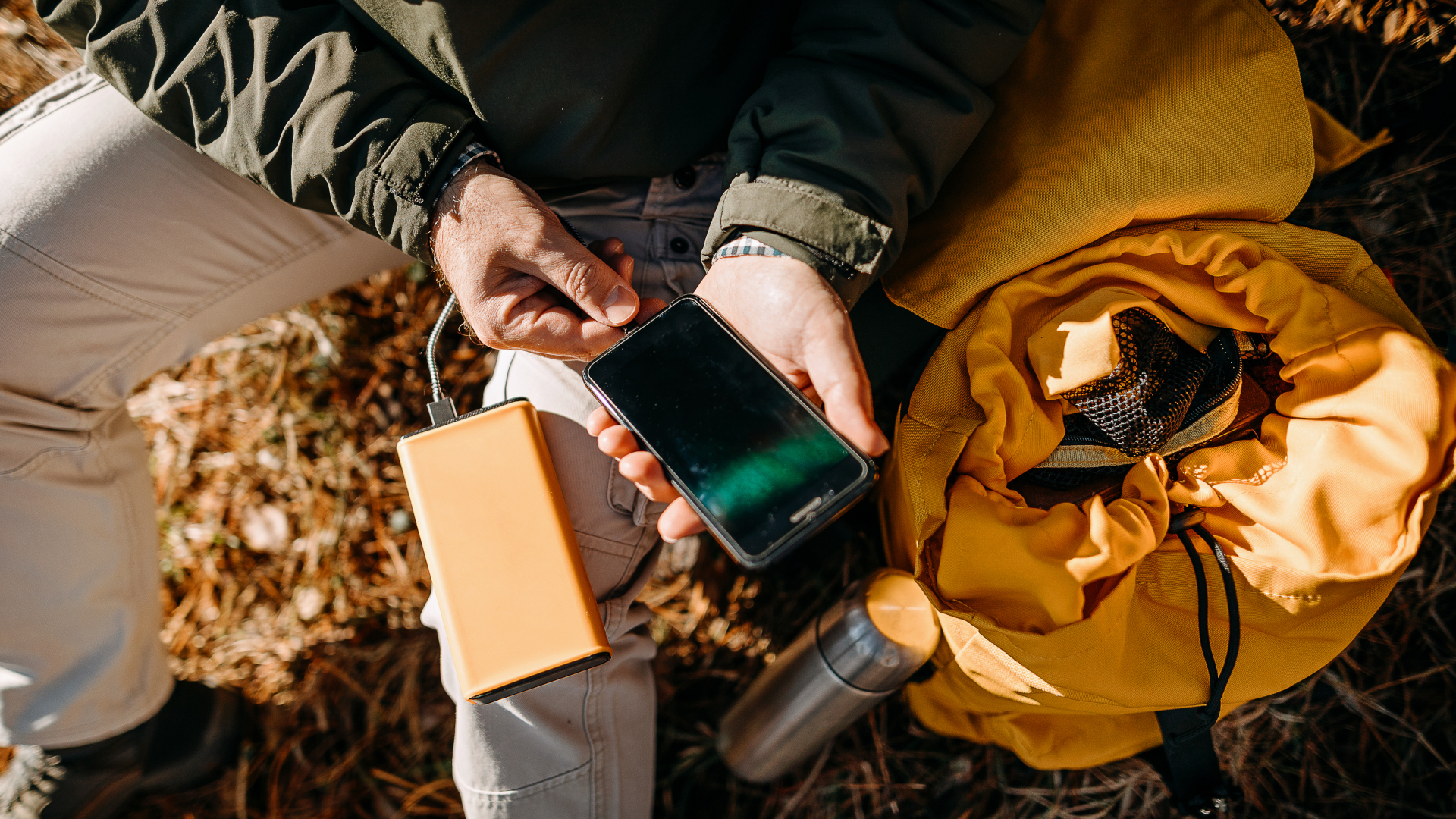
9. Tell someone where you are going
Telling someone where you are going is an essential part of hiking safety, but it can fall by the wayside when you’re traveling. You might be too busy having fun or be in a completely different time zone from your loved ones who might not be able to immediately help you anyway – but it’s still really, really important.
One of the best methods is to tell the people at the hotel, hostel or campsite where you’re going and when you intend to return. That way if you don’t make it back, they’ll have a good starting point for your location when alerting the authorities.
If you have access to the internet, it’s still worth shooting a message to someone back home with the details of your hike and letting them know when you’ve returned. Hiking with a satellite communicator is a good idea if you’re journeying into the backcountry, while AllTrails+ has a Live Share function that texts your emergency contacts with the details of where you’re going, gives them the option to follow along and alerts them when you finish your hike.
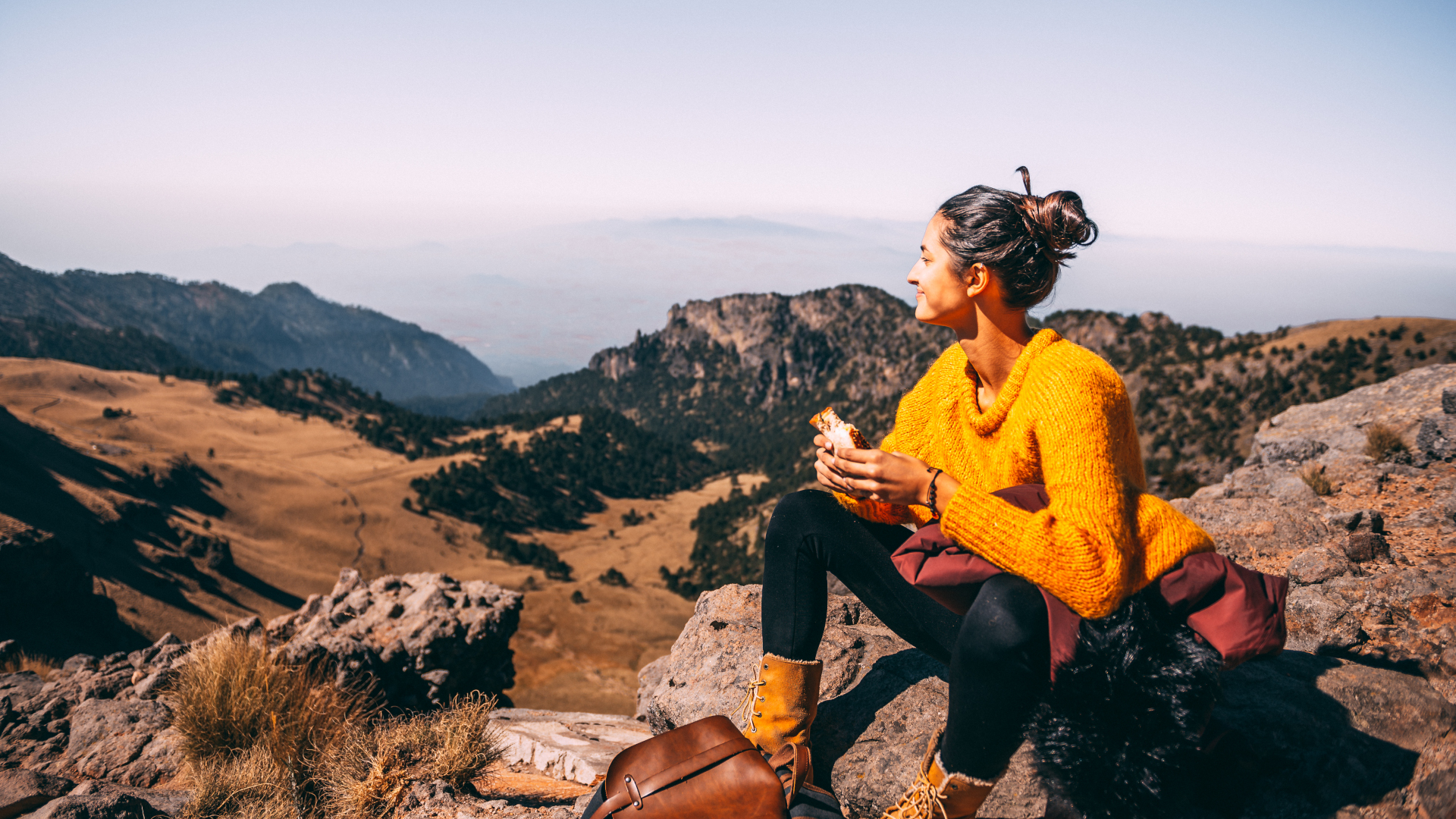
10. Pack portable snacks
As far as I’m concerned, travel is all about getting out of my usual routines and trying new things – including food. But this can also mean that you don’t have access to your usual hiking snacks. If you’re planning on longer hikes, you could bring portable snacks like granola bars from home for the trail, or scour the breakfast buffet at the hotel for items that can come with you, such as fruit, cheese and boiled eggs.
11. Plan recovery activities
A hiking vacation is all about adventure, but when you’re on the trail every day, you’re going to want to think about recovery too. For trips to coastal or lake areas, I always bring my swimsuit and water shoes and take a refreshing dip. I also never leave home without a travel yoga mat like my Mikkoa mat so I can stretch it out on the deck of my hotel room, a patch of grass outside the hostel or even in a local yoga class.
If I’m staying at a resort, I usually try to choose one with a pool or hot tub I can lounge in after my hike. Check out what facilities are available such as spa and massage and of course, days at the beach and wandering around town make good recovery activities when you’re legs are too tired for another hike.
Julia Clarke is a staff writer for Advnture.com and the author of the book Restorative Yoga for Beginners. She loves to explore mountains on foot, bike, skis and belay and then recover on the the yoga mat. Julia graduated with a degree in journalism in 2004 and spent eight years working as a radio presenter in Kansas City, Vermont, Boston and New York City before discovering the joys of the Rocky Mountains. She then detoured west to Colorado and enjoyed 11 years teaching yoga in Vail before returning to her hometown of Glasgow, Scotland in 2020 to focus on family and writing.

